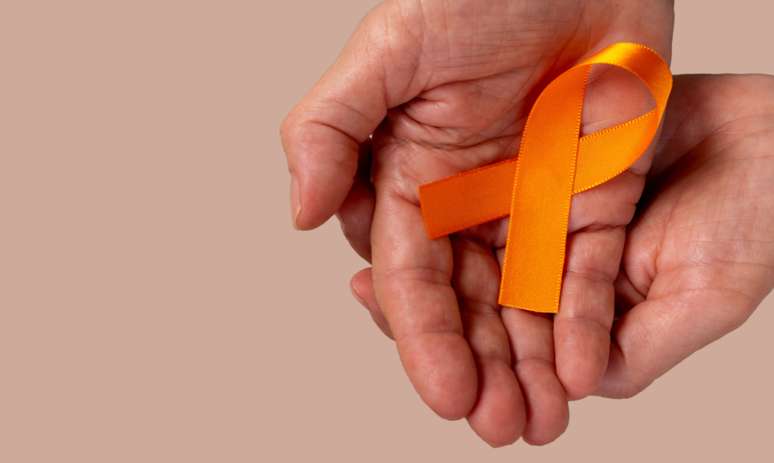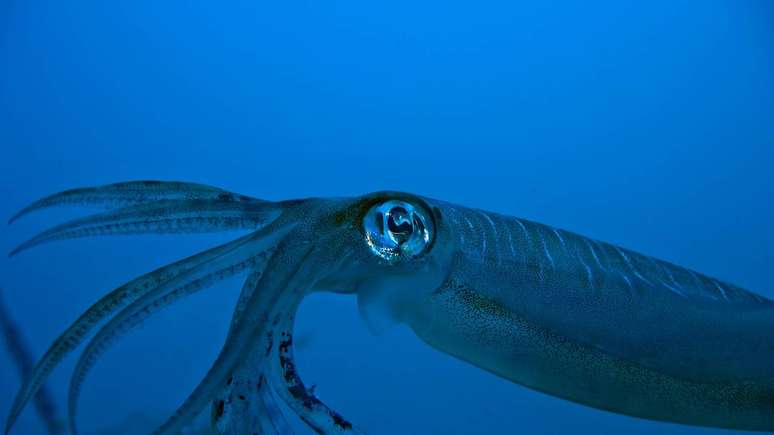Discover the Orange December campaign and the best ways to prevent, identify and fight skin cancer.
Summary
December Orange is a campaign that aims to raise public awareness about skin cancer prevention by promoting free tests and distributing educational material.
With the arrival of summer and the intensification of exposure to the sun, the month of December becomes particularly important for raising awareness of skin cancer.
This type of cancer is the most common in Brazil, but, if diagnosed early, has a high chance of cure.
THE Orange Decemberit is a national campaign promoted by health institutions, created precisely to raise awareness among the population about prevention and the treatments necessary to combat the disease.
In this text you will learn more about Orange December, skin cancer and ways to prevent it. Furthermore, we will explore the origin and importance of this awareness campaign, which is crucial to reducing the number of cases and saving lives.
Orange December, what is it?
Orange December is a national campaign that aims to raise awareness among the population about the prevention and early diagnosis of skin cancer. Created by the Brazilian Society of Dermatology (SBD), the initiative takes place during the month of December, when sun exposure increases, especially in the warmer regions of the country.
The goal of the campaign is to reinforce the importance of simple treatments, such as using sunscreen and watching for skin changes, which could be the first signs of the disease. December Orange also promotes educational activities, free exams and conferences to engage society in the fight against skin cancer.
Orange December campaign
The December Orange campaign is widely advertised in the media, social networks and at in-person events. Among its main actions we remember:
- Free exams: several clinics and health institutions offer consultations and screening to identify possible skin lesions.
- Distribution of educational materials: Flyers, posters and online posts explain the symptoms and ways to prevent them.
- Partnerships with companies and public bodies: the initiatives include training courses, conferences and awareness-raising activities in high-traffic places.
The campaign aims to reach people of all ages, but focuses on the most vulnerable groups, such as sun-exposed workers and people with a family history of skin cancer.
What is skin cancer?
Skin cancer is the abnormal, uncontrolled growth of skin cells that occurs due to excessive exposure to ultraviolet (UV) rays from the sun or other sources such as tanning beds. This cancer is divided into two main types:
- Non-melanoma: This is the most common and least aggressive type and accounts for approximately 90% of skin cancer cases. It usually appears in areas frequently exposed to the sun, such as the face, neck and arms.
- Melanoma: Although less common, it is the most dangerous type, as it can spread to other organs in the body. Melanoma usually appears as a mole or dark spot that changes shape, color, or size.
What are the symptoms of skin cancer?
Identifying symptoms early is essential for effective treatment. The most common signs include:
- Lesions or wounds that do not heal;
- Moles or spots that change color, shape or size;
- Lumps or rough areas on the skin;
- Itching, pain, or bleeding from pre-existing lesions.
- The ABCDE method is a simple technique for evaluating possible signs of melanoma:
- A (Asymmetry): half of the lesion is different from the other;
- B (Edges): The edges are irregular or poorly defined;
- C (Color): the color is heterogeneous;
- D (Diameter): lesions larger than 6 mm;
- E (Evolution): Changes in appearance over time.
If you notice any of these symptoms, see a dermatologist immediately.
How to prevent skin cancer?
Preventing skin cancer is easier than it seems. Check out the top tips:
- Use sunscreen: Apply a product with SPF 30 or higher every day, even during cloudy periods;
- Avoid sun exposure during peak hours: between 10am and 4pm, UV rays are most intense and harmful;
- Wear protective clothing: hats, caps, UV-protective sunglasses and long-sleeved clothing help protect your skin;
- Stay away from tanning beds: These artificial sources of UV rays significantly increase the risk of skin cancer;
- Do regular self-exams: observe changes in your skin and consult a dermatologist at the slightest suspicious sign.
Furthermore, it is important to encourage children and adolescents to adopt these habits from an early age.
Who created Orange December?
The Orange December campaign was created by the Brazilian Society of Dermatology (SBD) in 2014. Inspired by the success of other awareness campaigns, such as Pink October and Blue November, the initiative aims to educate the population about the dangers of skin cancer and the importance of prevention.
Since its creation, December Laranja has had the support of healthcare institutions, companies and governments, helping to expand the message and reach an ever-wider audience.
How important is the orange month of December?
December Orange plays a fundamental role in the fight against skin cancer because:
- Raise awareness: the campaign educates the population on the risks and symptoms, encouraging early diagnosis;
- Promote healthy habits: by spreading information on prevention, we contribute to reducing cases of illness;
- Reduce mortality: with early diagnosis the chances of recovery increase significantly;
- Strengthening public health: By preventing skin cancer, the campaign also reduces treatment costs for the healthcare system;
- This national mobilization is essential to save human lives and encourage positive changes in the population’s habits.
Want to know more about health? Access Terra Você and discover how to take care of your health and that of the people you love!
Source: Terra
Ben Stock is a lifestyle journalist and author at Gossipify. He writes about topics such as health, wellness, travel, food and home decor. He provides practical advice and inspiration to improve well-being, keeps readers up to date with latest lifestyle news and trends, known for his engaging writing style, in-depth analysis and unique perspectives.






![A Better Life Preview: What’s in store for Tuesday, October 21, 2025 Episode 446 [SPOILERS] A Better Life Preview: What’s in store for Tuesday, October 21, 2025 Episode 446 [SPOILERS]](https://fr.web.img6.acsta.net/img/fe/c7/fec79870332faf9ba9cf244248ec57c8.jpg)


